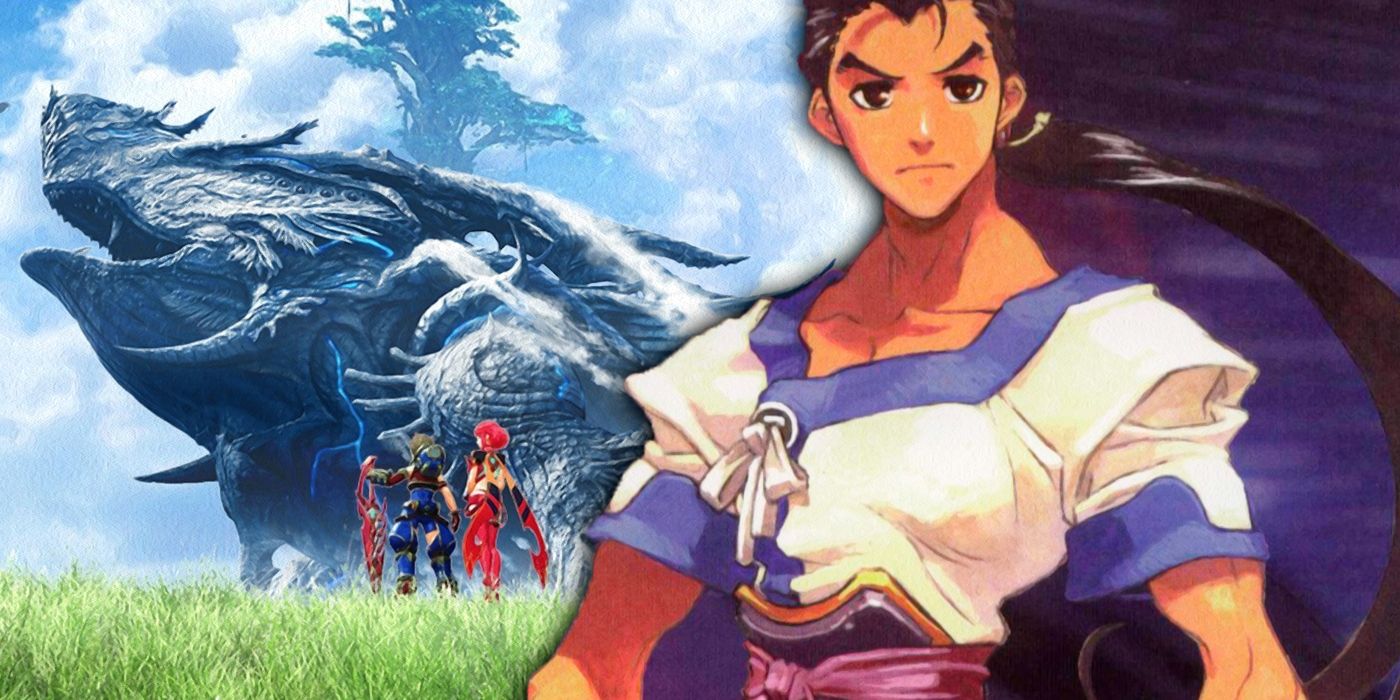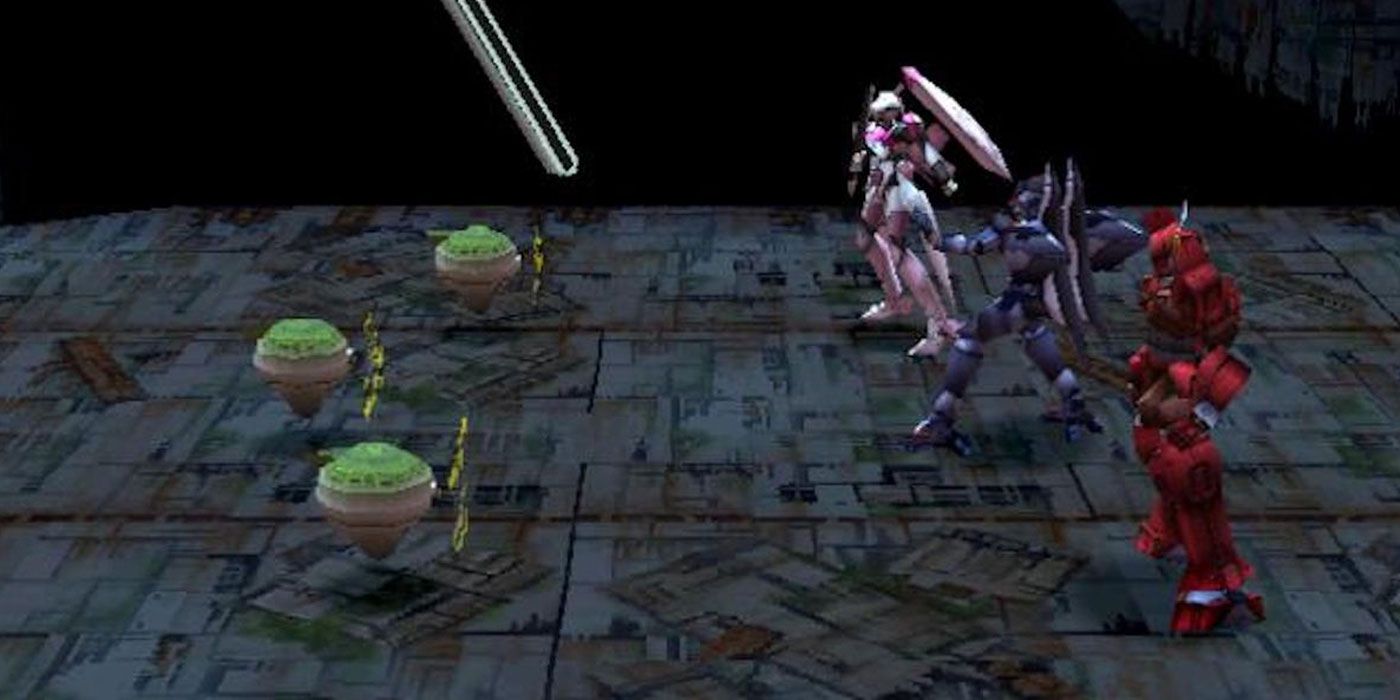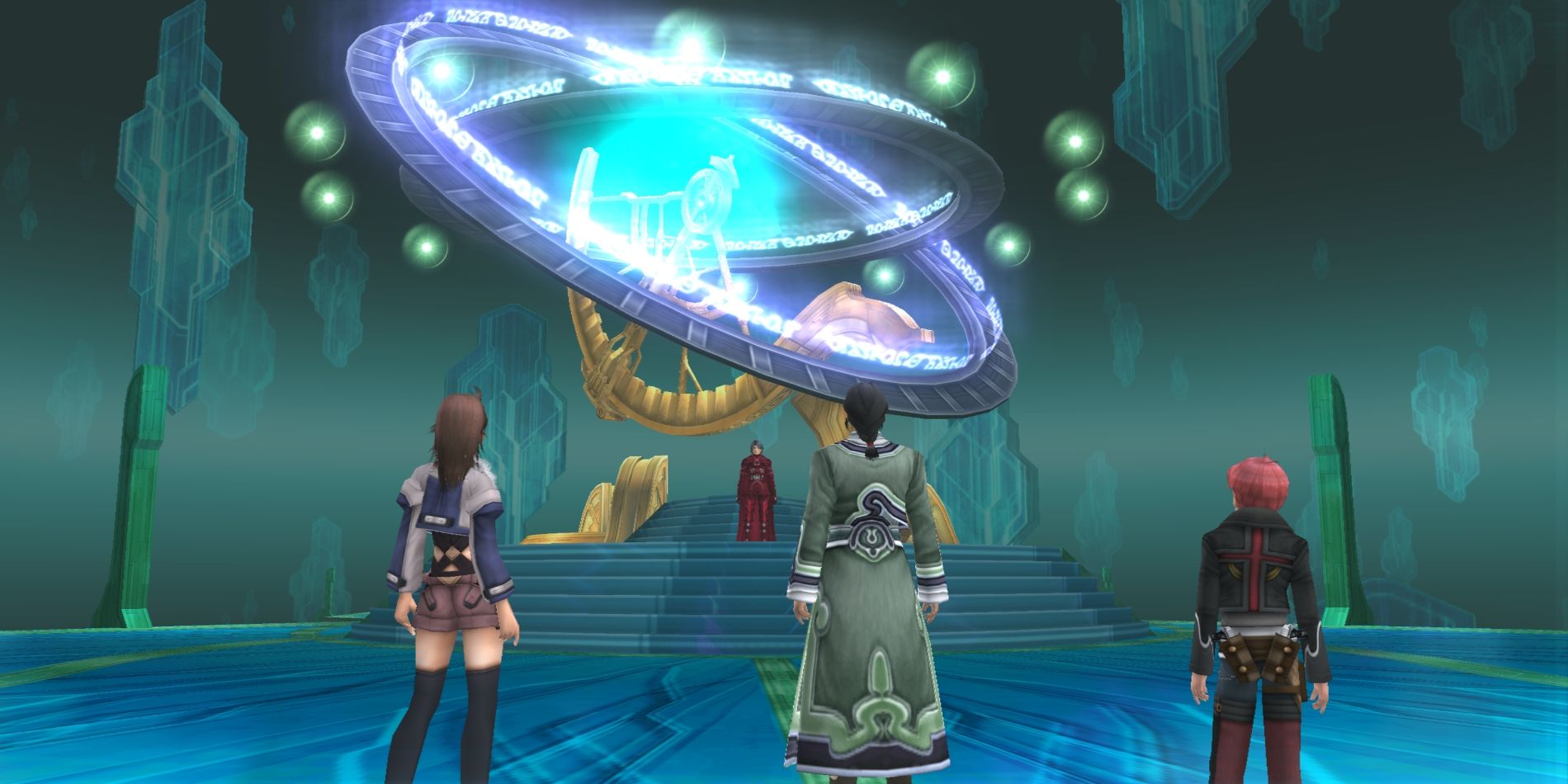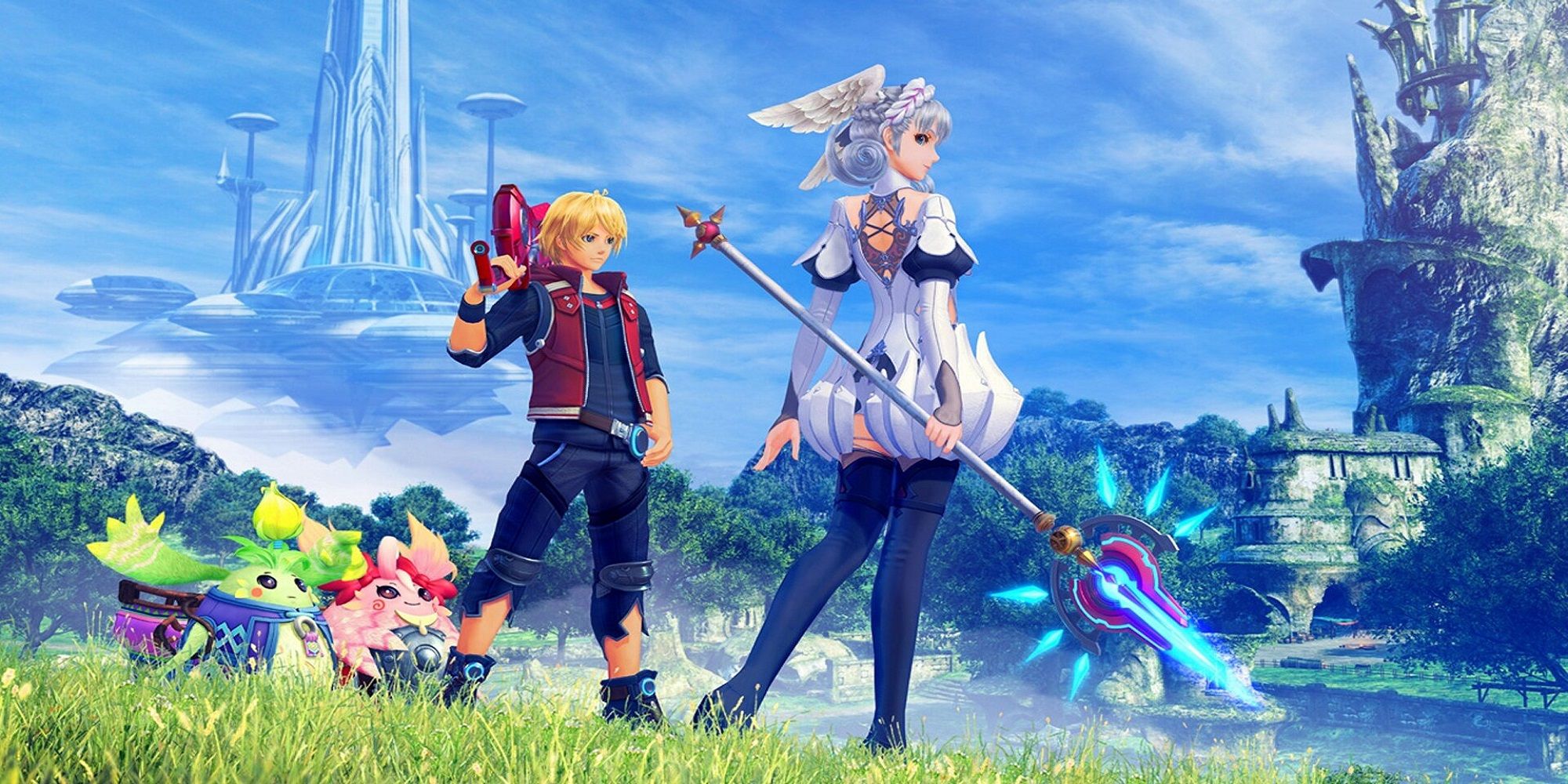
Next to Fire Emblem, Xenoblade Chronicles is perhaps the most famous Nintendo first-party RPG. The open-world, science-fantasy epic has garnered critical acclaim for its real-time gameplay, beautiful, expansive worlds, and complex narratives full of mythological symbolism and philosophical allusions. The first game took Japan and Europe by storm, leading to huge demand in the US, and the series has remained beloved by the Nintendo family ever since.
What’s even more amazing is that the series would never have existed if the story had taken a slightly different path. In fact, the name Xeno originated from a suggestion for a Final Fantasy game. After Squaresoft rejected the idea, the proposal became the PlayStation cult classic Xenogears. Despite the enthusiastic reception, behind-the-scenes drama led the developers to pursue their own ideas elsewhere, resulting in the various spiritual successors that would eventually become Xenoblade Chronicles.
Xenogears: The Beginning of a Dream

The story of Xeno begins with the creative couple Tetsuya Takahashi and Kaori Tanaka, known by their pen name Soraya Saga. They pitched the idea for what would become Final Fantasy VII, but Squaresoft rejected it for being too complex for their flagship series. This may seem odd in hindsight, considering that the released FFVII was an eco-friendly power fantasy with a deconstructive exploration of identity and morality. But even at this early stage, it’s clear that the pair wanted to make a very different kind of role-playing game.
Tanaka and Takahashi’s idea became its own game, starting out as a sequel to Chrono Trigger before evolving into an original title called Xenogears. Although the game sold 1.9 million copies and was popular among critics, especially praised for its complex characters and psychologically inspired story, the couple was dissatisfied with its development; Squaresoft famously diverted resources from the project, resulting in a hectic second half, and both men left the studio shortly after to pursue their own creative ambitions.
Takahashi founded a new development studio called Monolith Soft with the help of some former Squaresoft employees. Its first major project was to be Xenosaga Episode I: The Will to Power, a sci-fi sequel to Xenogears set in the distant future and published by Namco. The game was intended to be the first part of a six-part storyline, allowing the team to revisit ideas from the first game without interference from the company.
Xenosaga: The More Things Change, The More They Stay The Same

Unfortunately, Monolith Soft would never fully realize the freedom they craved. The relationship with Namco started off well, with the release of Xenosaga Episode I receiving positive reviews from critics, and the two companies collaborating on the Baten Kaitos series for the Nintendo GameCube. Unfortunately, things then went sour; sales for the next episode fell short of expectations, and the planned six-part saga was consolidated into a trilogy. Perhaps most surprisingly, Tanaka left the project midway through for unknown reasons.
It didn’t help that Xenosaga’s localization was one of the worst for a sequel story. Namco notoriously failed to bring role-playing games to Europe, failing to release Xenosaga, its own Tales series, and many other titles there. Xenosaga Episode II made it to the continent thanks to Sony, but as a middle chapter in the saga, it left players with no idea what was going on, effectively stunting international interest. When Namco merged with Bandai, Monolith began to feel limited again.
Fortunately, Nintendo was interested in the young studio. After consulting with CEO Shinji Hatano, Monolith joined the iconic company on the simple condition of creative freedom in exchange for exclusivity. After releasing several smaller titles, the studio proposed a new adventure set in the bodies of two fallen gods. Initially called “Monado: Beginning of the World,” Nintendo President Satoru Iwata changed the name to “Xenoblade Chronicles” in homage to Takahashi’s previous role-playing games, and so began a new era.
Xenoblade Chronicles: The Dream Comes True

Xenoblade Chronicles was a triumph like nothing Monolith Soft had ever experienced. With unique real-time combat, the ability to see into the future while playing the game, and a story that was like a love letter to classic fantasy and sci-fi clichés, it was truly a unique game. Ironically, no previous Xeno titles had been released in Europe, so Xenoblade Chronicles was dubbed by British voice actors and became a global sensation even without a US release. Luckily, North America eventually got to get the game, thanks in no small part to a massive fan campaign.
The success of Xenoblade Chronicles virtually guaranteed a sequel, and after porting the original to the 3DS, Monolith released Xenoblade Chronicles X. More of a spiritual successor than a direct sequel, the story was about a team of American space colonists stranded on the alternate world of Mira. While the game was not as revolutionary as the original, its various innovations and more futuristic setting received generally positive reviews and remain a fan favorite to this day. Over the next two years, Monolith built on XCX’s additions to create a true sequel.
Although some older fans were disappointed by the game’s apparent intention to appeal to a younger audience with its brighter world and more anime-influenced character designs, the game nonetheless became Monolith’s most successful game. There was also a standalone prequel game called Torna – The Golden Country that surpasses the original and its remake, XCX, and expands on the lore.
Xenoblade Chronicles’ story is as fascinating and heartwarming as the game itself. It’s one of the few times a creator is truly rewarded for sticking to his vision and changing this battle for the best. Despite Tetsuya Takahashi having had various battles in his career, his work has never been more popular and fans couldn’t be more excited for the recently released Xenoblade Chronicles 3. As the characters in the series themselves say, sometimes the future can truly be changed for the better.

Leave a Reply